what is the prognosis for malignant pleural effusion
This condition is associated with very high mortality with life expectancy ranging from 3 to 12 months. A pleural effusion is a buildup of extra fluid in the space between the lungs and the chest wall.
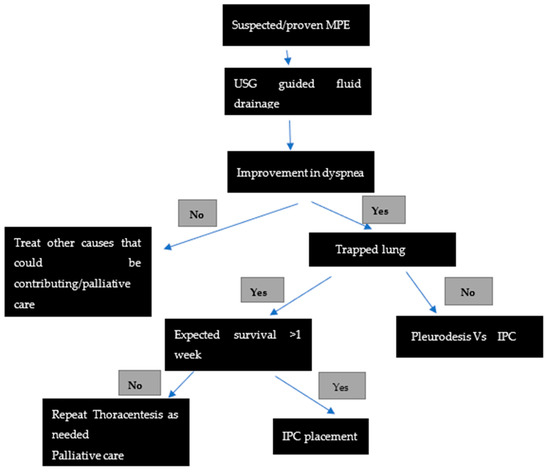
Jcm Free Full Text Malignant Pleural Effusions Mdash A Review Of Current Guidelines And Practices
The patient may have unrelated symptoms due to the disease or condition that has caused the effusionSymptoms of pleural effusion include.
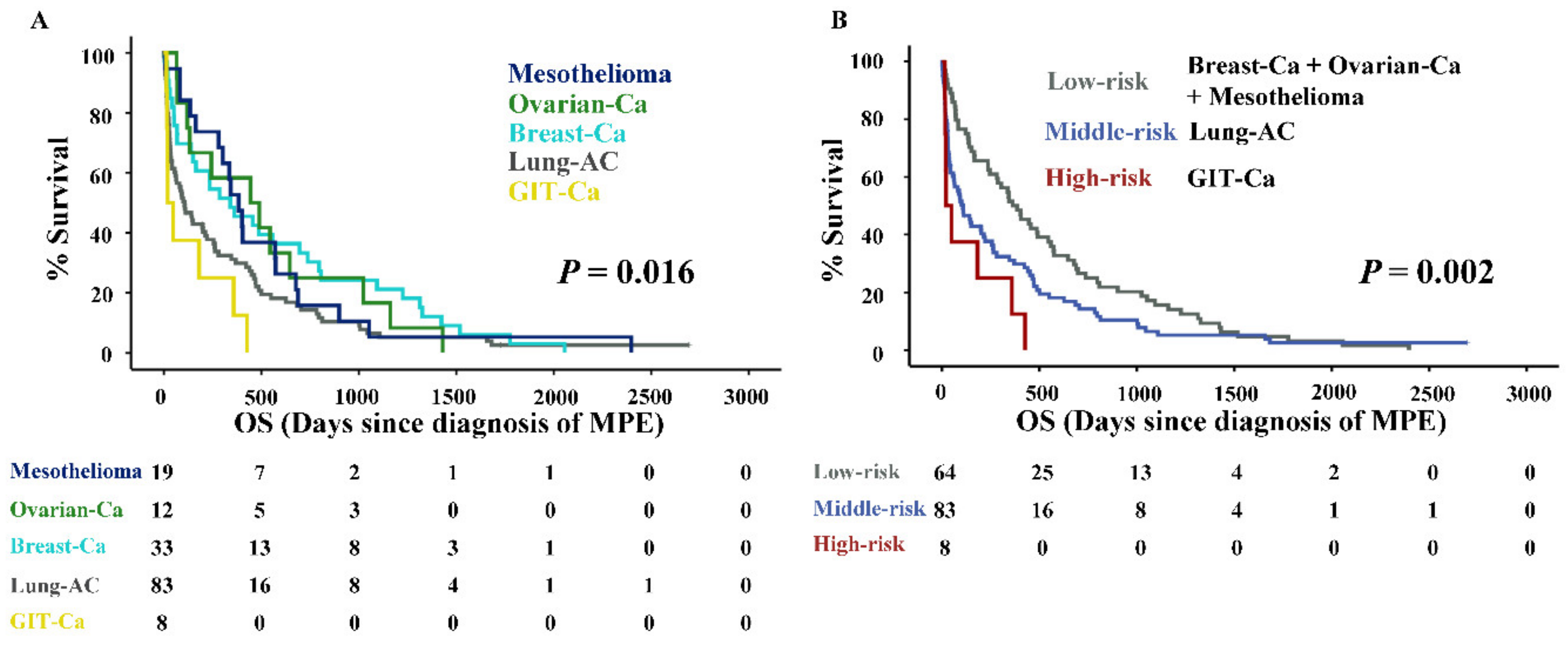
. This area is called the pleural space. A pleural effusion is a buildup of fluid in the area between the pleura layers of tissue that line the lungs and the chest cavity the pleural space. Almost all cancers can potentially produce a pleural effusion.
It is a fairly common complication in a number of different cancers. The most common underlying tumors are lymphomas and cancers of the lung breast and ovaries which account. Malignant pleural effusions are caused by cancer.
Search a wide range of information from across the web here. As the pleural effusion grows it compresses the underlying lungs and. Malignant pleural effusion MPE is a common but serious condition that is related with poor quality of life morbidity and mortality.
It is a heterogeneous group of conditions which leads to debilitating symptoms and confers a poor prognosis. Malignant pleural effusion National Cancer Institute. Traditionally this has been achieved by.
A pleural effusion can be a sign of congestive heart failure and pulmonary embolism. It represents disseminated disease and confers a poor prognosis. A pleural effusion can be serious and potentially life-threatening but it is treatable.
Ad Find Visit Today and Find More Results. A malignant pleural effusion is when the fluid builds up because of cancer. This can cause you to feel short of breath andor have chest discomfort.
Some patients with pleural effusion have no symptoms with the condition discovered on a chest x-ray that is performed for another reason. Malignant pleural effusion MPE accounts for more than 125000 hospital admissions per year in the USA alone with an estimated inpatient cost US5 billion a year and the incidence of MPE is still increasing due to the continuous increase in new cancer diagnosis 23The MPE-associated progressive dyspnea or cough is often debilitating and. A pleural effusion is a collection of fluid between the lung and ribcage.
For You News Perspective. Symptomatic malignant pleural effusion is a common clinical problem. Patients affected by MPE have a poor prognosis and suffer from breathlessness and impaired quality of life.
However recent research has driven new paradigms in the diagno. Malignant pleural effusion MPE is a common clinical problem that results in disabling breathlessness for patients with advanced malignancy. Development of a malignant pleural effusion is associated with a very poor prognosis with median survival of 4 months and mean survival of less than 1 yearref14ref15 The most common associated m.
Studies are contributing evidence on an increasing number of therapeutic options therapeutic thoracentesis thoracoscopic ple. It occurs in around 7 to 23 of lung cancers but can also occur with other cancers such as breast cancer ovarian cancer leukemia and lymphomas. A malignant pleural effusion is treatable.
If due to heart failure cirrhosis or malignancy the effusion is likely to recur. Common causes of malignant pleural effusion are lymphoma and cancers of the breast lung and ovary. The prognosis of the patient with a pleural effusion depends on the underlying condition.
Malignant pleural effusions MPE may either coincide with or follow the diagnosis of a primary tumor. A malignant pleural effusion is a complication that involves the build-up of fluid containing cancer cells between the membranes that line the lungs. 18 19 The most common associated.
The presence of malignant tumour cells in the pleural. Chemical pleurodesis is an effective treatment of malignant pleural effusions but indications must be individualised to optimise its results. Palliation of symptoms has been the goal for the management of these effusions while keeping the patients hospital stay to a minimum.
Malignant pleural effusion MPE is a common and important clinical condition. With lung cancer a malignant pleural. When cancer grows in the pleural space it causes a malignant pleural effusion.
Patients often require multiple invasive procedures in order to gain a diagnosis and manage their symptomatic pleural effusions which. Malignant effusions may change the staging and subsequent prognosis of the underlying cancer. Malignant pleural effusion MPE is a common and challenging problem.
About half of people with cancer develop a pleural effusion. This area is called the pleural space. Malignant pleural effusion MPE occurs in 15 of all cancer patients and usually portends poor prognosis while also serving to limit the patients quality of life.
Symptoms of pleural effusion tend to subside when the underlying condition is treated. What are symptoms of a pleural effusion. The prognosis of cases where the effusion is due to carcinoma of the lung or due to cancer of the gastrointestinal tract or ovarian cancer is the poorest.
However most patients with a pleural effusion have no long-term sequelae. The management of MPE has barely changed for many decades. Development of a malignant pleural effusion is associated with a very poor prognosis with median survival of 4 months and mean survival of less than 1 year.
A pleural effusion is a buildup of extra fluid in the space between the lungs and the chest wall. The most common form of cancer that starts in the pleura is mesothelioma a cancer often caused by exposure to asbestos. MPE can be a complication of any malignancy but in patients with lung cancer.
Approved by the CancerNet Editorial Board 092019. Effusions can happen in other parts of the body like around joints. The aim of the present study was to investigate the relationship of various prognostic features with both the response rate to pleurodesis and the probability of patient survival.
If cancer grows in the pleural space it causes a malignant pleural effusion This condition is a sign that the cancer has spread or metastasized to other areas of the body. Am J Respir Crit Care Med Vol. Dyspnea is the most common symptom of MPE.
Thus on a concluding note it can be said. Ad Pleural effusion occurs when fluid gets between the two layers of tissue that cover the. A complication in many types of tumors its presence indicates the onset of the terminal stages of cancer.
The average malignant pleural effusion life expectancy is a little less than six months with the median survival time being as less as four months. Whether this circumstance influences prognosis has not been well substantiated. Malignant pleural effusions MPEs are an important cause of cancer-related mortality and morbidity.
Malignant pleural effusion which is a common clinical problem in patients with cancer may be due to both primary thoracic tumours or to a metastatic spread in the chest and constitutes the first sign of disease in approximately 10 of patients. Recent well-designed randomized trials have provided a broader evidence base for an expanding range of treatment options. Neoplasm Malignant pleural effusion Prognosis Analysis Survival.
A malignant pleural effusion MPE is often the first sign of cancer and it is a prognostic factor in patients with advanced disease. Malignant Pleural Effusion A malignant pleural effusion MPE is the build up of fluid and cancer cells that collects between the chest wall and the lung. Retrospective review of all consecutive patients who were cared for at a Spanish university hospital during an 11-year period and received a diagnosis of MPE.
Patients with pleural effusion may experience sharp pains in the chest shortness of breath and coughing.
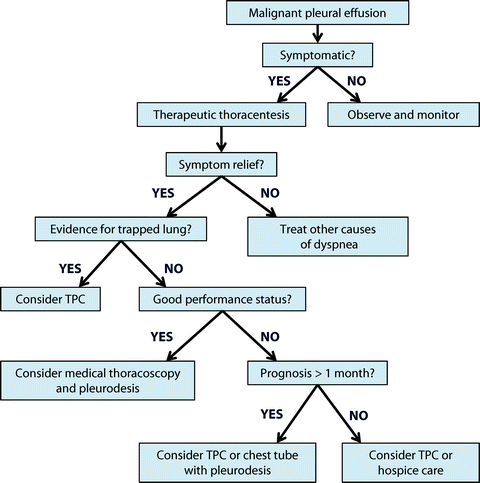
Management Of Malignant Pleural Effusions Radiology Key
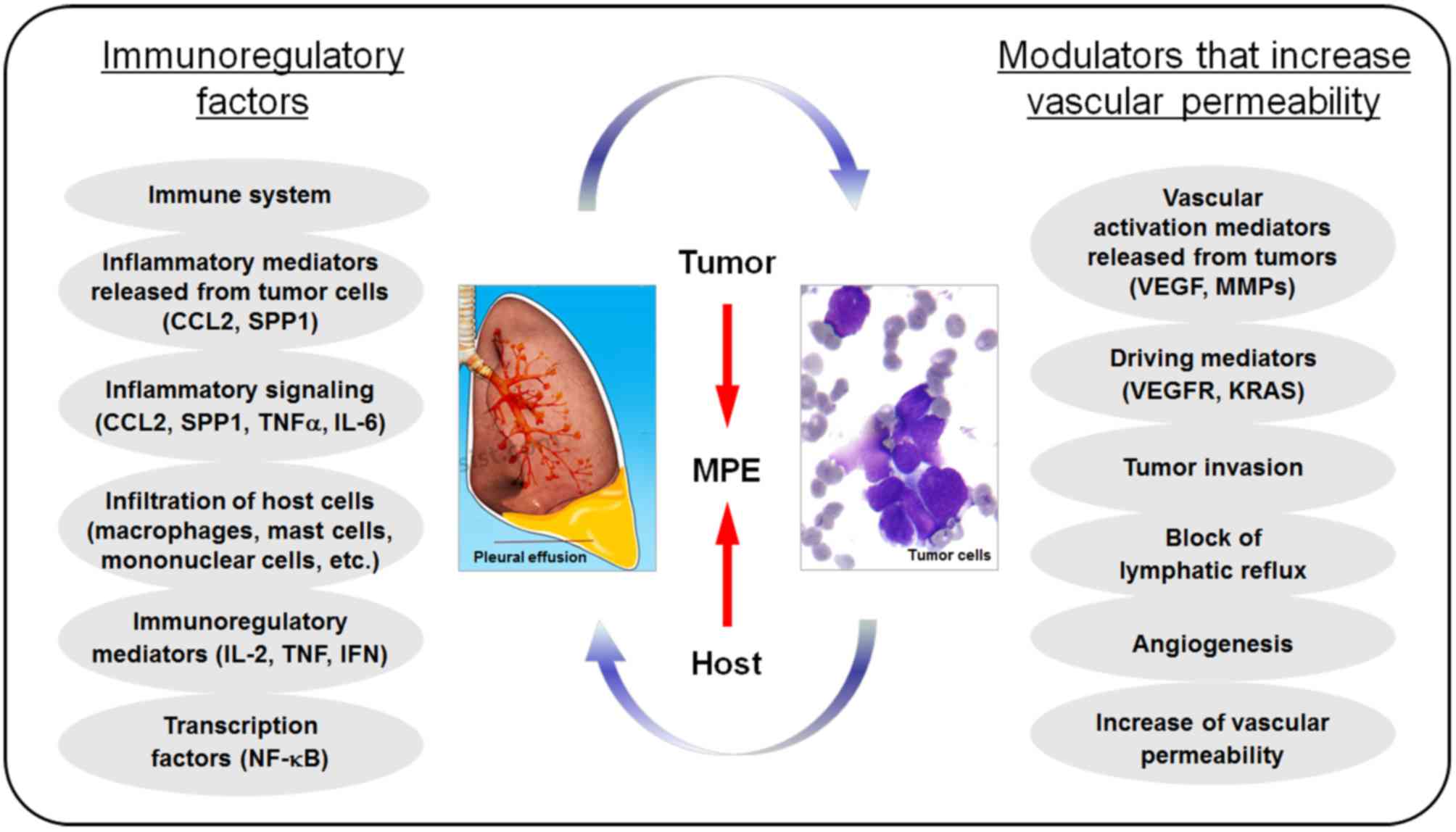
The Role Of Vegf In The Diagnosis And Treatment Of Malignant Pleural Effusion In Patients With Non Small Cell Lung Cancer Review
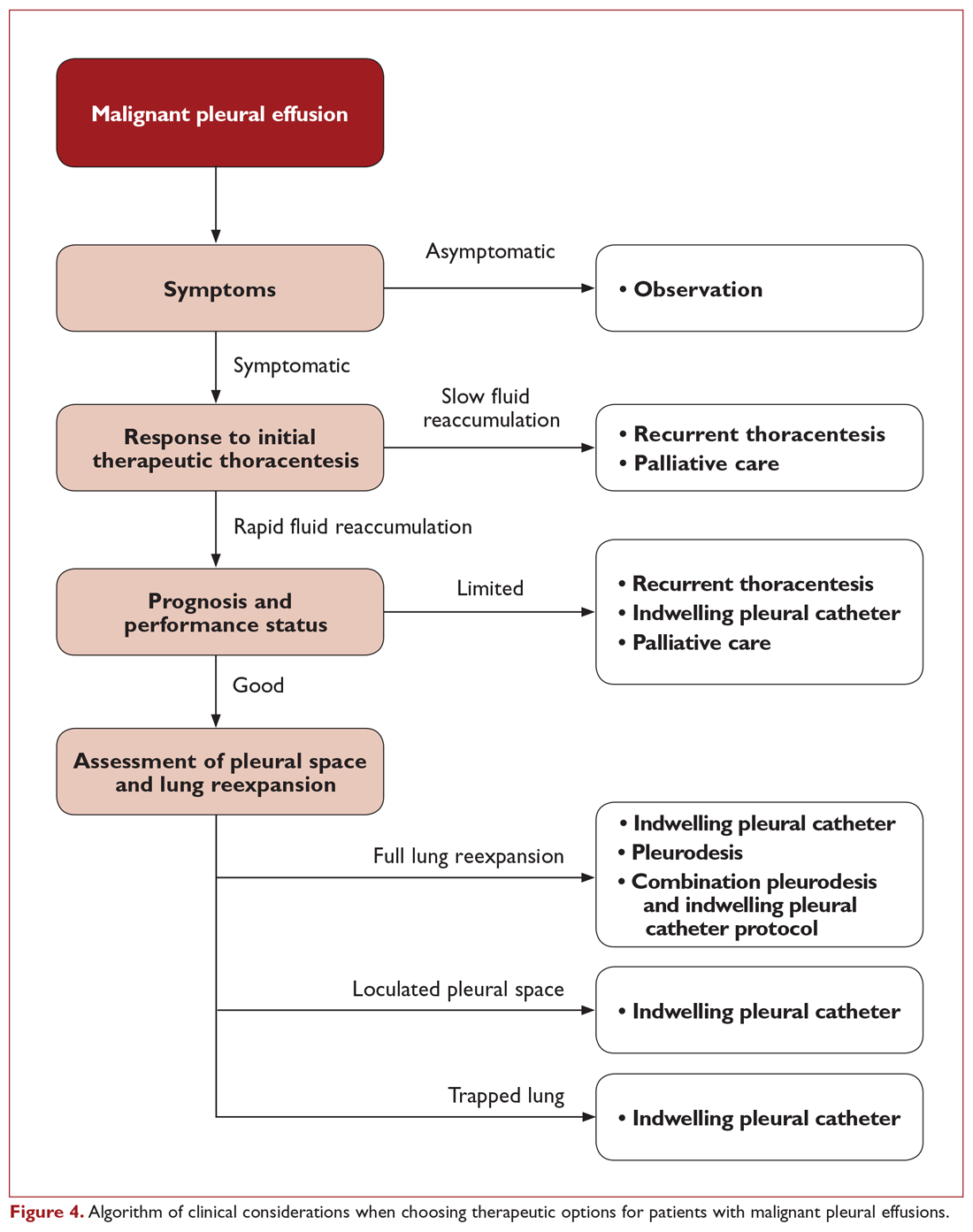
Malignant Pleural Effusion Therapeutic Options And Strategies Pulmonary Health Hub
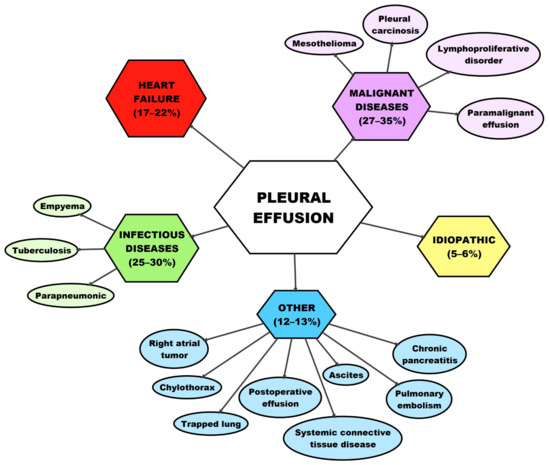
Medicina Free Full Text Malignant Pleural Effusion And Its Current Management A Review Html

Treatment Options For Malignant Pleural Effusions Download Table

Management Of Malignant Pleural Effusions The Figure Is Modified From Download Scientific Diagram
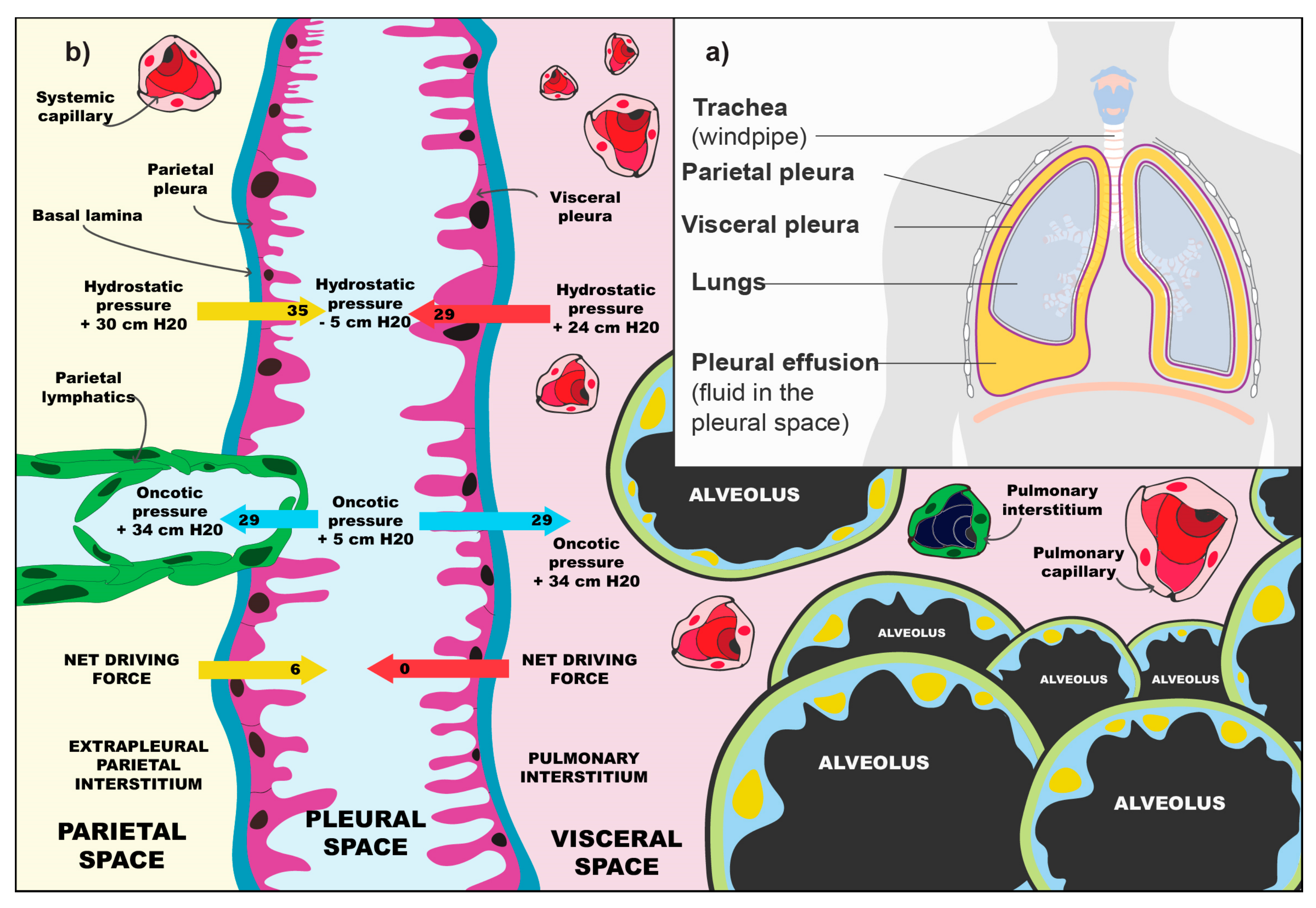
Medicina Free Full Text Malignant Pleural Effusion And Its Current Management A Review Html

Cancers Free Full Text Prognostic Immune Cell Profiling Of Malignant Pleural Effusion Patients By Computerized Immunohistochemical And Transcriptional Analysis Html

Malignant Pleural Effusion Evaluation And Diagnosis Pulmonary Health Hub

Pdf Malignant Pleural Effusion Medical Approaches For Diagnosis And Management Semantic Scholar

The Diagnostic Steps In Suspected Malignant Pleural Effusion Table 1 Download Scientific Diagram
Malignant Pleural Effusion Still A Long Way To Go Researcher An

Malignant Pleural Effusions Thoracic Key

References In Development And Validation Of Response Markers To Predict Survival And Pleurodesis Success In Patients With Malignant Pleural Effusion Promise A Multicohort Analysis The Lancet Oncology

Malignant Pleural Effusion Management Keeping The Flood Gates Shut The Lancet Respiratory Medicine

Prognostic Impact Of Malignant Pleural Effusion At Presentation In Patients With Metastatic Non Small Cell Lung Cancer Journal Of Thoracic Oncology

Mortality Among Patients With Pleural Effusion Undergoing Thoracentesis European Respiratory Society
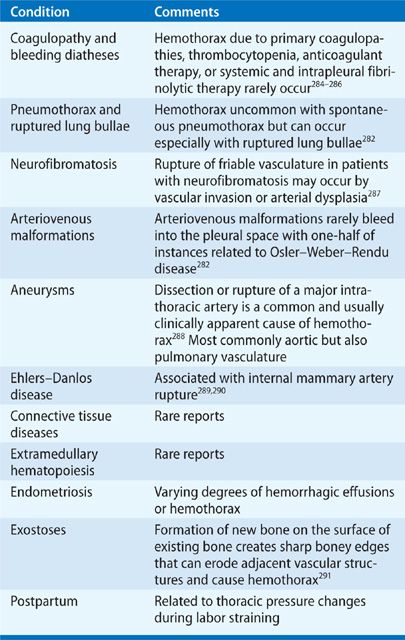
Malignant Pleural Effusions Thoracic Key

Ers Eacts Statement On The Management Of Malignant Pleural Effusions European Respiratory Society